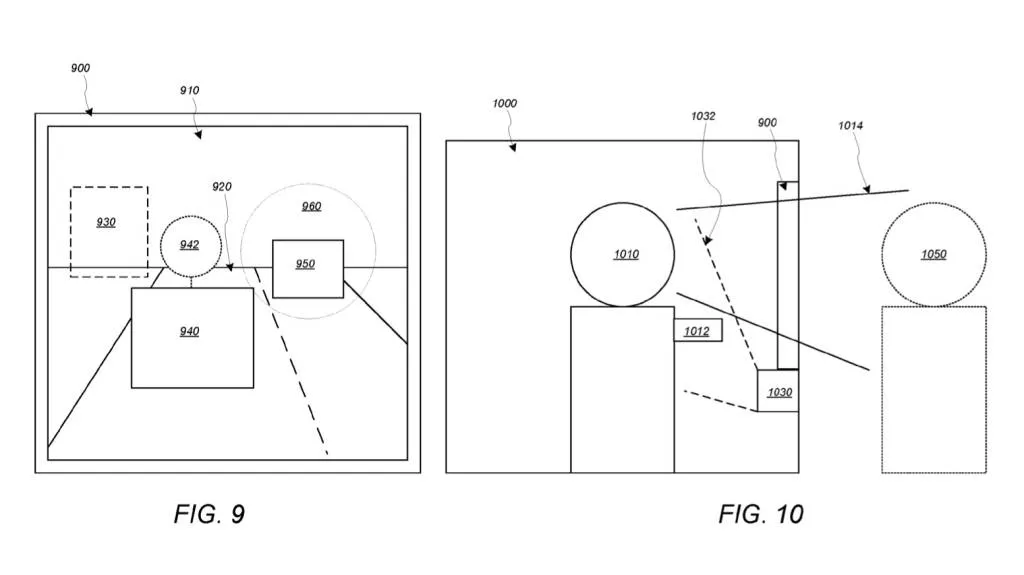For the vocal contingent who hate modern vehicle interiors filled with screens, there’s good news and bad news.
The good news is Nissan’s design chief Alfonso Albaisa told Motor Authority at the 2024 New York auto show that the future isn’t more screens—or even screens at all.
The bad news is the executive said eventually the “windshield will be your screen.”
Almost every automaker is working hard to cram as many screens on the dashboard and inside the vehicle as possible. It’s all in the name of content. Albaisa said “people are demanding content and the screen is the only window.”
Albaisa said people’s desire for content won’t change. “What’s going to change," he said, "is you don’t need a screen.”
In the future the entire windshield will be your screen, according to Albaisa. Eventually automakers will figure out how to laminate the transparent display made of a thin LED panel right into the glass. The driver will still be able to see through the windshield, and everyone will still be able to consume their content.
While consumers might claim they want to revert to analog elements, the reality is Albaisa isn’t sure how to divorce consumers from their content. According to Albaisa, automakers are now competing with the Apple and Google connected services platforms, as well as content delivery provided by in-car infotainment software. The desire to create their own interfaces is there, but it’s time to just accept the reality.
“We cannot compete,” Albaisa said.
Apple, Google, and other platforms can give consumers an experience automakers can’t, Albaisa admitted.

Apple augmented reality windshield patent image
Apple investigated an augmented reality windshield before canceling its electric car project. Toyota, the world’s largest automaker, introduced its “Window To The World” concept in 2011, which previewed the future Albaisa paints. Mercedes-Benz’s CLA-Class concept and the Volkswagen ID.GTI Concept featured windshields with augmented reality embedded into the glass in 2023.
With current technology, we are in a moment in between, when the screen is still a necessary evil, he suggests. Albaisa predicts it will be about a decade before screens can disappear from the dashboard and everything is just laminated into the windshield.
One challenge is brightness, according to Albaisa. An industry insider who wished to remain anonymous due to involvement with automakers told MA that the two largest hurdles today are cost efficiency and safety.
“The windshield is a structural piece of today’s vehicles, and an embedded display would need to pass any of today’s crash and safety standards,” the person said.
Albaisa noted some transparent display technology that could be built into windshields has already been shown at CES.
Albaisa noted that designers and engineers are watching the technology evolve closely as screens are “a bit cumbersome, they seem easy though, but no one really likes them.”
He views screens as a wall between the car occupant, be it driver or passenger, and the outside. A transparent windshield with tech integrated right into the glass will eliminate that barrier.
The largest challenge with today’s screens is how to integrate them. According to Albaisa, that will no longer be a problem in the not-too-distant future.
